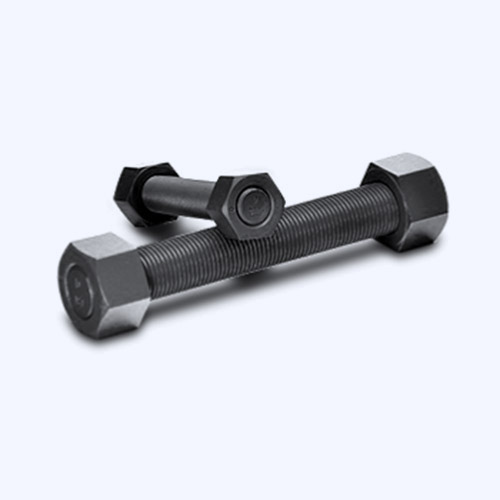Okt . 13, 2024 21:43 Back to list
Harnessing Sheath Anchors for Enhanced Stability and Performance in Structural Applications
Understanding Sheath Anchors An Essential Component in Engineering and Construction
In the realm of civil engineering and construction, various anchoring systems are employed to enhance stability and support structures. One such innovative solution is the sheath anchor, which plays a crucial role in ensuring the safety and durability of buildings, bridges, and other infrastructures. This article explores the functionality, types, applications, and advantages of sheath anchors in modern engineering projects.
What is a Sheath Anchor?
A sheath anchor is a type of anchoring system designed to transfer loads from a structure into the ground. It consists of a steel rod enclosed within a protective sheath or outer casing. This sheath usually comprises materials like high-density polyethylene or steel, which shield the anchor against environmental elements such as moisture, corrosion, and soil deformation. The primary purpose of a sheath anchor is to provide secure anchorage for various applications, including geotechnical engineering, marine construction, and wind energy installations.
Types of Sheath Anchors
Sheath anchors can be classified into various categories based on their design, material, and intended use. The two most common types of sheath anchors are
1. Grouted Sheath Anchors These anchors are installed by drilling a hole into the ground, placing the sheath, and then injecting grout (a mixture of cement, water, and sometimes additives) into the space between the sheath and the surrounding soil. The grout hardens, creating a strong bond that enhances load-bearing capacity.
2. Mechanical Sheath Anchors Unlike grouted anchors, mechanical sheath anchors rely on mechanical interlocks or anchoring elements to secure themselves within the soil. They can be installed quickly and are often used in temporary or less-critical applications.
Applications of Sheath Anchors
Sheath anchors are versatile and utilized across a wide array of engineering projects. Some of the key applications include
- Foundation Support In the construction of buildings and bridges, sheath anchors provide additional support to mitigate settling and uplift forces
. They are particularly valuable in challenging soil conditions.- Slope Stabilization In areas prone to landslides or erosion, sheath anchors are employed to stabilize slopes and prevent soil movement. This application is critical in maintaining the safety of roadways and structures built on or near inclines.
sheath anchor

- Marine Structures Sheath anchors are widely used in the construction of docks, piers, and offshore platforms. They provide essential anchorage points capable of handling marine forces such as waves and currents.
- Wind Turbines In wind energy applications, sheath anchors secure turbine foundations against lateral forces generated by high winds, ensuring the turbines remain stable and operational.
Advantages of Sheath Anchors
The adoption of sheath anchors in engineering projects offers several advantages
1. Corrosion Resistance The protective sheath minimizes the risk of corrosion, enhancing the lifespan and reliability of the anchor.
2. Load Capacity Sheath anchors can handle substantial loads, making them suitable for high-stress applications.
3. Versatility These anchors can be adapted to suit a variety of soils and environmental conditions, allowing for widespread use in different engineering contexts.
4. Cost-Effectiveness While the initial investment may be higher than traditional anchoring systems, their durability and reduced maintenance requirements can lead to significant savings over the long term.
5. Rapid Installation Mechanical sheath anchors, in particular, can be installed quickly and efficiently, which is a crucial factor in projects with tight timelines.
Conclusion
In conclusion, sheath anchors are an integral part of contemporary construction and engineering practices. Their ability to provide secure, stable anchorage makes them indispensable for a variety of applications, from foundation support to soil stabilization. As the construction industry continues to evolve, the specialization and innovation surrounding sheath anchors will only enhance their effectiveness and importance in ensuring the structural integrity of our built environment. With a focus on safety and sustainability, sheath anchors are poised to remain a vital resource in the engineering toolkit for years to come.
-
Strong Clamps, Safe Lifting
NewsMay.07,2025
-
Reliable Rods for Strong Structures
NewsMay.07,2025
-
Hex Head Wood Screws in Daily Construction
NewsMay.07,2025
-
Hex Head Anchoring Solutions
NewsMay.07,2025
-
Effective Wire Rope Clamps for Secure Lifting
NewsMay.07,2025
-
Anchor Bolts for Secure Ceiling Installations
NewsMay.07,2025


